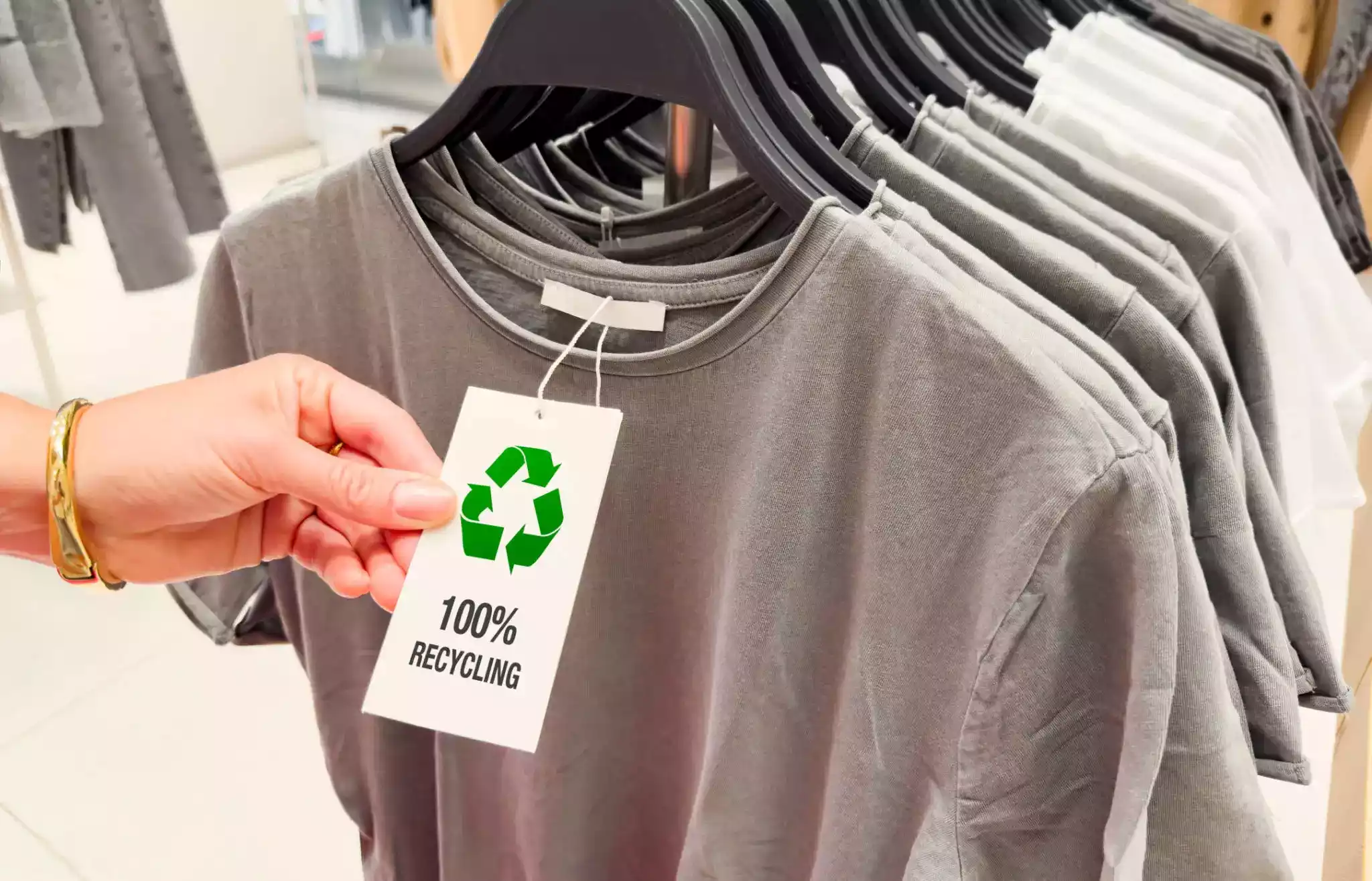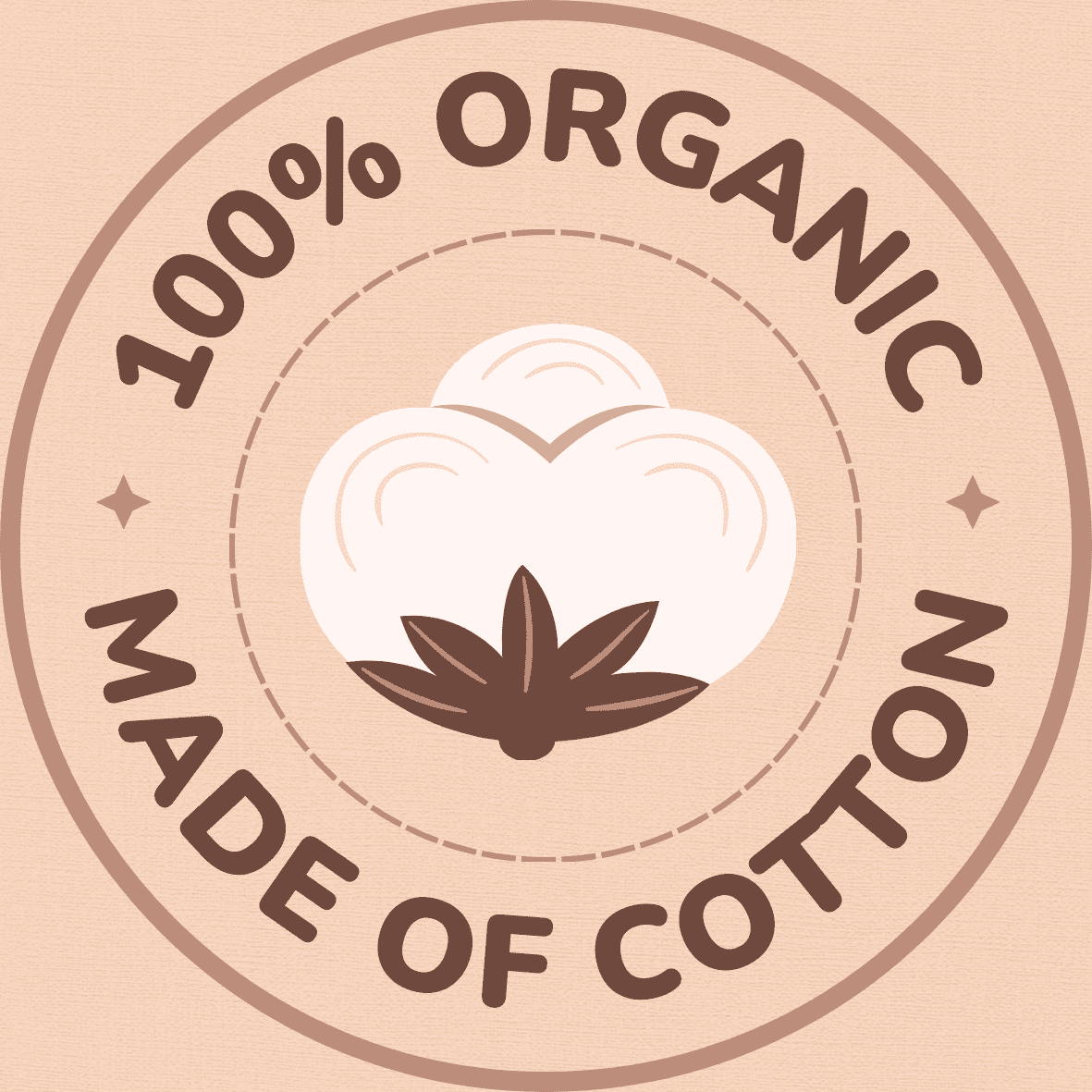Discover the intricate process of garment manufacturing. Partner with a reputable manufacturer to ensure your fashion pieces are made with care and expertise.
The Importance of Garment Manufacturing in the Fashion Industry
The fashion industry relies heavily on the expertise and capabilities of garment manufacturers. These professionals play a crucial role in transforming design concepts into tangible garments that can be sold to consumers. From conceptualization to production, garment manufacturers are responsible for ensuring that each piece meets the highest standards of quality and craftsmanship. They possess the technical knowledge and skills needed to bring a designer’s vision to life, often working closely with them throughout the process to ensure that every detail is executed flawlessly. Garment manufacturers are experts in the production process, utilizing their expertise to streamline operations, maximize efficiency, and deliver products in a timely manner.
In today’s fast-paced fashion industry, garment manufacturers are more important than ever. With ever-changing trends and market demands, these professionals are at the forefront of research and development. They are constantly exploring new materials, techniques, and technologies to stay ahead of the competition and meet consumer expectations. Additionally, garment manufacturers play a critical role in the sourcing of materials. They carefully select fabrics, trims, and accessories that are not only aesthetically pleasing but also meet the desired quality and performance standards. The ability to source the right materials at the right price is essential for maintaining profitability and competitiveness. Overall, garment manufacturers are the backbone of the fashion industry, providing the necessary expertise, resources, and skills to bring designs to life and drive the success of fashion brands.
Understanding the Design Phase of the Garment Manufacturing Process
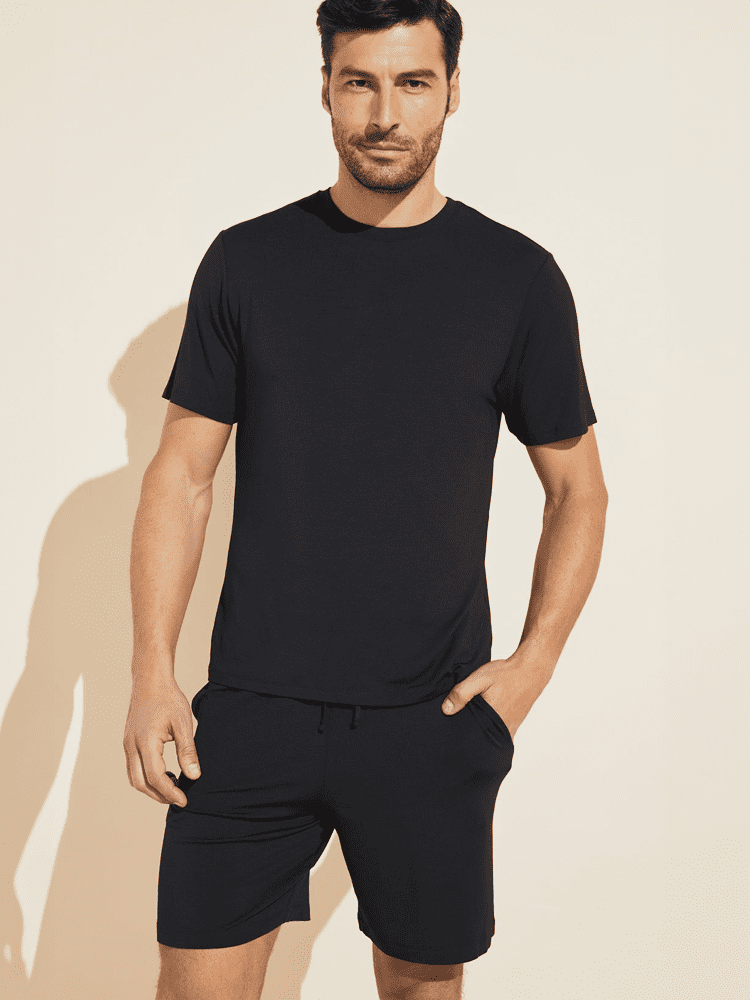
The design phase is a crucial step in the garment manufacturing process, as it sets the foundation for the final product. Designers play a pivotal role in translating abstract ideas into tangible garments that capture the essence of a brand or collection. It is during this phase that careful consideration is given to fabric choices, color palettes, and silhouettes, ensuring that each garment reflects the desired aesthetic. With fashion trends constantly evolving, it is essential for designers to stay informed about the latest market demands and consumer preferences. This holds particularly true in countries like China, known as the world’s largest garment manufacturer, where designers and manufacturers work hand in hand to produce collections that cater to a diverse range of customers.
China has long been hailed as a clothing factory powerhouse, with its well-established infrastructure and skilled workforce. Fashion brands across the globe rely on Chinese manufacturers to bring their designs to life, benefitting from the country’s expertise in producing garments at scale. The design phase in a Chinese clothing factory involves a dynamic collaboration between designers, pattern makers, and sample makers, ensuring that the original design vision is accurately translated into detailed specifications and physical prototypes. Additionally, China’s garment manufacturing industry is known for its ability to quickly adapt to changing market trends, making it a preferred choice for brands that value agility and efficiency.
• The design phase is crucial in the garment manufacturing process as it lays the foundation for the final product.
• Designers play a pivotal role in translating abstract ideas into tangible garments that capture the brand’s essence.
• Careful consideration is given to fabric choices, color palettes, and silhouettes during this phase to reflect the desired aesthetic.
• Staying informed about market demands and consumer preferences is essential for designers, especially in countries like China where fashion trends are constantly evolving.
• China is known as the world’s largest garment manufacturer with a well-established infrastructure and skilled workforce.
• Fashion brands rely on Chinese manufacturers to bring their designs to life at scale.
• The design phase in a Chinese clothing factory involves collaboration between designers, pattern makers, and sample makers to accurately translate the original design vision into detailed specifications and physical prototypes.
• China’s garment manufacturing industry excels at adapting quickly to changing market trends, making it an efficient choice for brands seeking agility.
Research and Development: Exploring Trends and Market Demands
Research and development play a crucial role in the garment manufacturing process, particularly in exploring trends and market demands. In today’s competitive fashion industry, staying updated with the latest trends and understanding customer preferences is essential for a custom clothing manufacturer to stay relevant. By conducting thorough research, these manufacturers can identify emerging styles, color schemes, and fabric choices that resonate with target consumers. Moreover, understanding market demands and consumer behavior enables them to make informed decisions regarding the design, production, and marketing of their garments.
One of the key activities in this phase is collaborating with prototype manufacturers. These experts bring the designer’s concepts to life by creating sample garments that reflect the desired style and fit. Through close collaboration, custom clothing manufacturers can refine their designs and make necessary adjustments before moving forward with mass production. Prototype manufacturers also allow designers to experiment with various materials, trims, and finishes, helping them understand how different elements contribute to the overall appeal and quality of the garment. Ultimately, this process helps ensure that the final product meets both the designer’s vision and the market expectations.
Creating the Technical Pack: Translating Design into Detailed Specifications
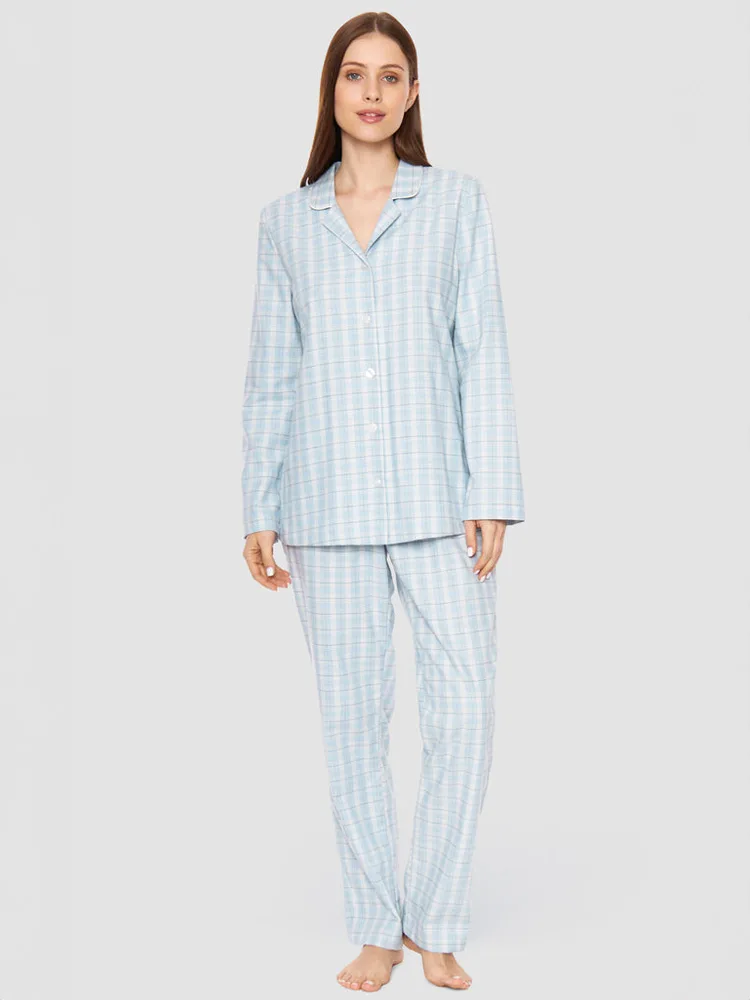
Creating the technical pack is a crucial step in the garment manufacturing process, as it acts as a bridge between the design concept and the actual production. It involves translating the design into detailed specifications that the clothing factory in the USA or garment factories in China can understand and follow. The technical pack includes various elements, such as technical drawings, measurements, material details, and construction guidelines, ensuring that every aspect of the garment is accurately communicated.
In the technical pack, designers provide specific instructions on how each garment component should be executed, from the type of stitching to the placement of buttons and zippers. This level of detail is essential to maintain consistency in the production process and ensure that the final product meets the design vision. It also helps to streamline communication between the clothing factory in the USA or garment factories in China and the design team, minimizing the potential for errors or misinterpretations. By providing comprehensive and precise specifications, the technical pack lays the foundation for a successful production run and helps to bring the design concept to life.
Sourcing Materials: Selecting Fabrics, Trims, and Accessories
Sourcing materials is a crucial step in the garment manufacturing process, as it involves selecting fabrics, trims, and accessories that align with the design vision and quality standards. When it comes to fabric selection, designers often turn to top clothing manufacturing countries known for their expertise in producing specific types of textiles. Countries like China, India, Italy, and Turkey are recognized for their diverse fabric offerings and technical capabilities. The choice of fabric depends on factors such as the desired drape, texture, color, and overall aesthetic of the garment. Additionally, the selection of trims and accessories, such as buttons, zippers, and embellishments, adds the finishing touches to a garment, elevating its overall appeal.
Once the materials are identified, the next challenge is finding a manufacturer who can bring the design to life. Whether working directly with a factory or through a sourcing agent, it is crucial to partner with a reliable and experienced manufacturer who has a thorough understanding of the production process. A manufacturer with a strong network of suppliers can help in procuring the required materials at competitive prices while ensuring quality control throughout the manufacturing journey. By establishing clear communication channels and having a well-defined understanding of expectations, designers can minimize risks and maximize the chances of success in bringing their clothing line to fruition.
Pattern Making: Transforming Design into Templates for Production

Pattern making is a crucial step in the garment manufacturing process as it involves transforming a design into templates that will be used during production. The skilled pattern makers at clothing manufacturers are responsible for creating accurate and detailed patterns that capture the intricacies of the design. They utilize their expertise to ensure the patterns are well-proportioned and account for fabric drape and movement. Custom clothing manufacturers in the USA often rely on their pattern makers to interpret design sketches and technical specifications, translating them into precise templates that will guide the production of each garment.
The pattern making stage requires a keen eye for detail and a deep understanding of garment construction. Skilled pattern makers not only have to accurately interpret the design but also take into consideration factors like seam allowances, grainlines, and fabric direction. They meticulously measure and map out each pattern piece, accounting for variations in sizes and making adjustments as needed. With their expertise, clothing manufacturers can produce garments that fit well and have consistent proportions across different sizes. Overall, pattern making is an essential step in the production process, ensuring that the vision of the designer is accurately translated into tangible templates that will guide the creation of each garment.
Sample Making: Bringing the Garment to Life for Review and Testing
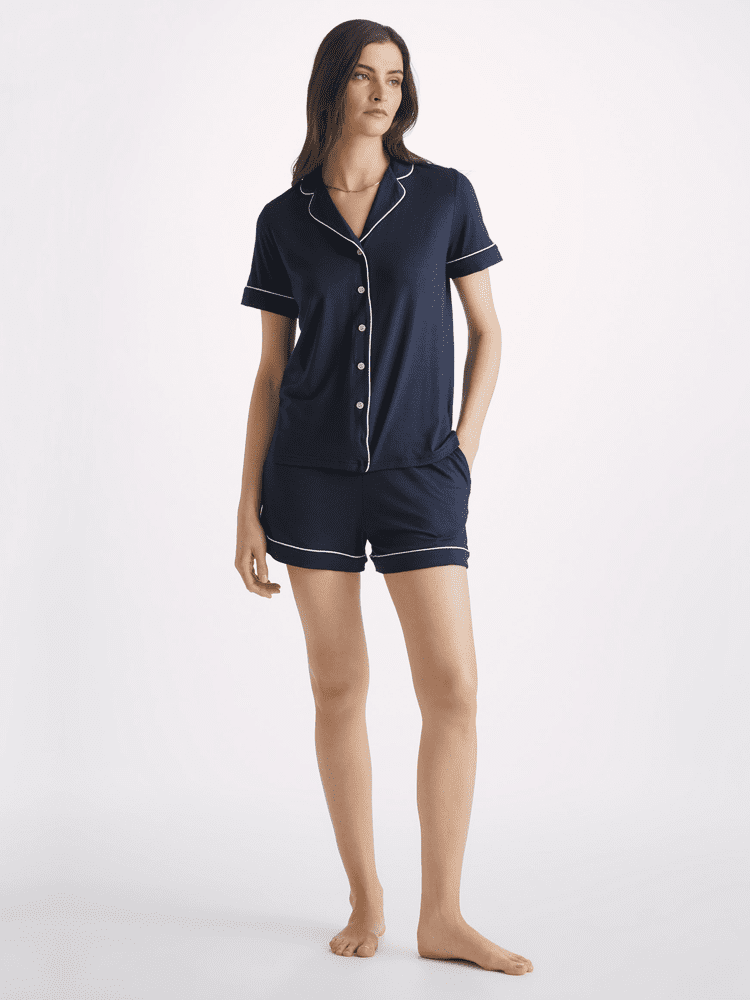
Sample Making is a crucial step in the garment manufacturing process as it brings the envisioned design to life for review and testing. This phase involves collaborating closely with experienced pattern makers and skilled technicians who possess in-depth knowledge of garment construction. Private label clothing manufacturers in the USA place great importance on this stage as it allows them to evaluate and fine-tune the design before it goes into mass production.
During the sample making process, the chosen fabrics, trims, and accessories are carefully incorporated into the garment to achieve the desired aesthetic and functional outcome. The samples created undergo rigorous testing to ensure they meet the quality standards set by the manufacturer and client. Any necessary adjustments are made to improve the fit, construction, and overall appearance of the garment. Private label clothing manufacturers in the USA understand that thorough sample making is essential to creating a product that not only aligns with the vision of the designer but also meets the expectations of the target market.
Production Planning: Optimizing Resources and Setting Timelines
Production planning plays a critical role in the garment manufacturing process as it helps optimize resources and set timelines for a smooth and efficient production flow. In this stage, the production team works closely with the designers, engineers, and suppliers to ensure that all necessary resources, such as machinery, materials, and manpower, are properly allocated and utilized. By carefully assessing the production requirements and capacities, production planning helps eliminate bottlenecks and maximize productivity.
Setting realistic timelines is another key aspect of production planning. It involves careful consideration of various factors, including the complexity of the garment design, the availability of raw materials, and the production capacity of the factory. By accurately estimating the time required for each production process, production planning helps prevent delays and ensures that the production schedule is followed. Additionally, it allows for better coordination and communication between different teams and stakeholders, resulting in a seamless production process.
FAQs
Why is production planning important in the garment manufacturing process?
Production planning is crucial as it helps optimize resources and set realistic timelines for the production of garments. It ensures efficient utilization of materials, equipment, and labor, ultimately leading to cost savings and timely delivery of finished products.
What is the role of garment manufacturing in the fashion industry?
Garment manufacturing plays a vital role in the fashion industry as it involves turning design concepts into tangible products. It is responsible for producing the garments that fulfill market demands and trends, making it an essential part of the fashion supply chain.
What is the design phase in the garment manufacturing process?
The design phase is the initial stage of the garment manufacturing process, where designers create concepts and sketches for new garments. It involves brainstorming ideas, developing prototypes, and finalizing the overall design before moving on to the production phase.
How do manufacturers understand market demands and trends?
Manufacturers conduct research and development activities to explore market demands and trends. This involves analyzing consumer preferences, studying fashion forecasts, and conducting market surveys to gain insights into what customers are looking for in terms of style, color, fabric, and overall design.
What is a technical pack in garment manufacturing?
A technical pack is a document that translates the design concept into detailed specifications for production. It includes information such as measurements, construction details, fabric requirements, trims, and other necessary instructions. The technical pack serves as a communication tool between designers and manufacturers.
How do manufacturers select fabrics, trims, and accessories for garment production?
Manufacturers source materials by carefully evaluating factors such as fabric quality, availability, cost, and suitability for the desired garment. They also consider trims and accessories that complement the design and meet the required standards, ensuring a cohesive and high-quality final product.
What is pattern making in garment manufacturing?
Pattern making involves creating templates based on the design specifications. These templates serve as a guide for cutting fabric and assembling the garment. Pattern making requires technical expertise and precision to ensure accurate and consistent production.
What is sample making in garment manufacturing?
Sample making is the process of producing a prototype garment based on the design and pattern. It allows designers and manufacturers to evaluate the fit, construction, and overall appearance of the garment before proceeding to full-scale production. Samples are tested, reviewed, and refined until they meet the desired quality standards.
How does production planning optimize resources in garment manufacturing?
Production planning involves analyzing available resources such as materials, equipment, and labor, and allocating them efficiently to meet production goals. It ensures that resources are utilized optimally, minimizes wastage, and maximizes productivity, leading to cost savings and improved efficiency.
Why is setting timelines important in garment manufacturing?
Setting timelines is crucial in garment manufacturing to ensure timely delivery of finished products. It helps coordinate various stages of production, from design to sample making to final production, and allows for efficient scheduling of resources. Meeting timelines is essential for maintaining customer satisfaction and competitiveness in the market.

